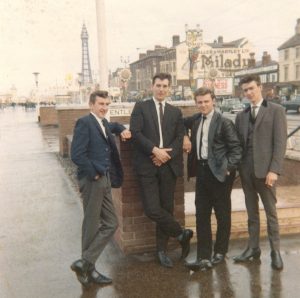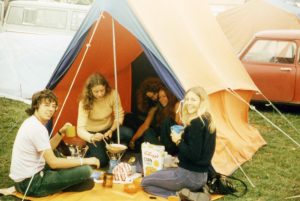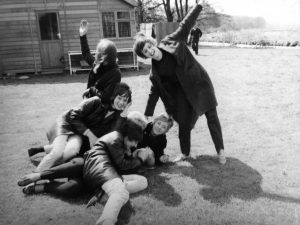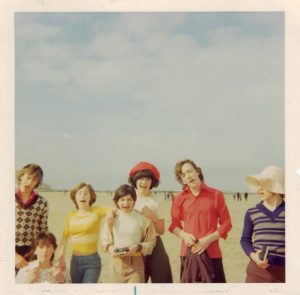For me, growing up in Norwich in late 1970s and 1980s, my formative years were shaped – and soundtracked – by the fallout from punk, a noise and a style that seemed to permeate everything from haircuts to trouser width. In fact, the post-punk period saw new and revived sub-cultural styles do visual – and sometimes actual – battle, as if punk’s tearing up the cultural fabric caused a collective identity-crisis across the UK. Mods and skinheads reappeared and rockabillies revived. New romantics deferred to David Bowie and started rummaging around the dressing up box for ‘futurist’ couture, while punk’s darker impulses began to seek out what eventually became Goth. Rude boys and rude girls meshed punk and ska to make 2-Tone. On the terraces, boot boys morphed into casuals. A little later, by the mid-1980s, the influence of Hip Hop was evident. In the meantime, gaggles of indie kids and unrepentant punks skulked in alternative clubs waiting for the bomb to drop or a job to arrive or a student grant to cash. Clothes smelt of smoke (and perfume); I can still feel the sticky carpet under foot.

My own focus has centred on punk-related cultures in the UK. No Future: Punk, Politics and British Youth Culture, 1976-84 (CUP, 2017) asked why punk was seen to embody the fractures of the 1970s and engaged with the socio-political changes enacted into the early 1980s; it considered punk in response to boredom and the bomb. Key to this was developing a history from below, understanding how those practising (or purchasing) punk-related culture saw themselves and the world of which they were part. The research led to a project called Punk in the East, with the punks of Norwich, archiving and recording the influence and impact of punk in the city. Together, we made a fanzine, organised events and developed an online archive. Much fun was had by all.
A Museum of Youth Culture
More broadly, the research has led to my working with the Youth Club Archive towards developing a Museum of Youth Culture. Colleagues from the archive contacted me during a Network conference held at Reading, keen to suggest ways by which we could combine historical analysis of youth culture with the historical traces kept in shoe boxes, stashed under beds or buried deep in the loft. We each recognised how important youth and subcultural identities were to people … and, in some ways, how bound they were to the history of Britain. Indeed, the pictures collected by the Youth Club Archive serve to evoke flashbacks and trigger memories of teenage thrills and spills. Mainly pre-social media, they capture times less documented than today. Candid and often snapped on a pal’s Kodak or polaroid, they don’t have the polish of TV footage or a style magazine photoshoot. They recall the lost but never forgotten, bringing into focus the moment between childhood and adulthood when anything was possible and life promised to be fun. Just as the sounds of youth bring back feelings lost to the mists of time, so images make tangible that favourite jacket, that terrible haircut, that poster on the wall.

Professor Matt Worley works in the History Department at the University of Reading and is a founder member of the Subcultures Network.
The Museum of Youth Culture is a new museum dedicated to the styles, sounds and social movements innovated by young people over the last 100 years. working to open a physical space by 2023.


